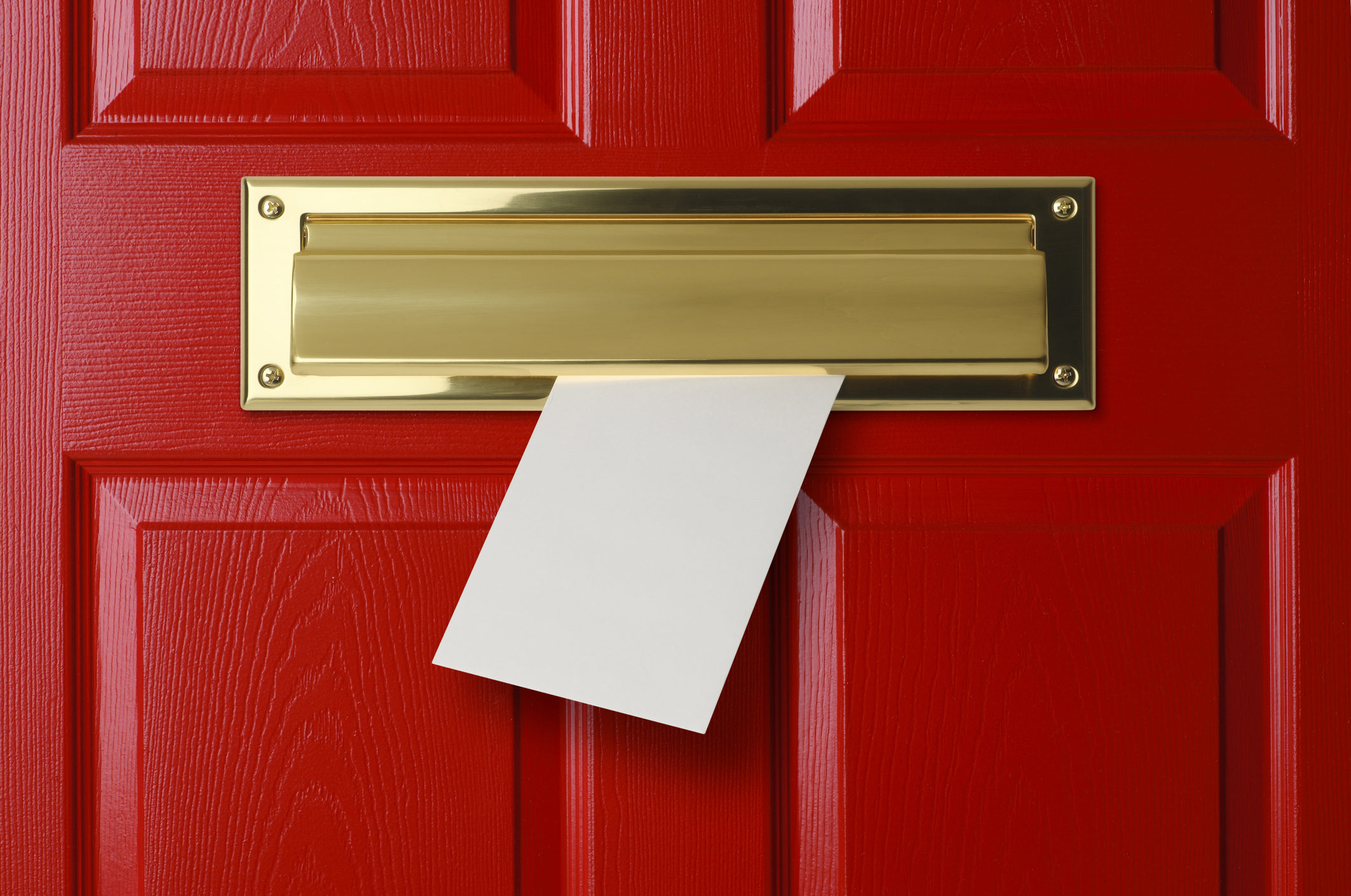
A mail slot in a red door.
It wasn’t that long ago that marketing pundits were declaring that the direct mail channel was on the ropes, after being battered for years by the now ubiquitous Internet.
But something remarkable happened last year. As COVID-19 lockdowns spread across the United States, confining many Americans to their homes, the daily arrival of a postal mail carrier became an important event. Beyond delivering letters and other mail pieces, these carriers often bore packages including goods purchased via the Internet. Consequently, people began paying more attention to this daily arrival, and, with less time spent away from home, to the mail itself, which often contained direct mail pieces sent by brands.
Less Clutter = Greater Awareness
Something else happened in 2020. Because of the economic uncertainty and dislocation caused by COVID-19, many businesses pulled their direct mail campaigns back. According to the United States Postal Service, in 2020, “Marketing Mail revenue declined by $246 million, or 5.6 percent, on a volume decline of 788 million pieces, or 3.9 percent.”
The consequence of this decline was that marketers who did continue their direct mail campaigns through the pandemic benefited from reduced clutter in the channel. And while it’s too soon to attempt to quantify the degree to which response rates to these mail pieces improved as a result of this reduced clutter, anecdotal evidence (based on results from some of Didit’s clients) supports the notion that response rates improved markedly.
Direct mail’s new strength was underscored in a recent interview that Kevin Lee did with Clorox Vice President of Direct-to-Consumer Jackson Jeyanayagam. “I think that direct mail is making a huge comeback,” said Mr. Jeyanayagam. “It has for the past few years with programmatic direct mail, where you can pinpoint physical addresses with IP addresses; I think that’s a massive opportunity, especially as more people are at home… Your mail used to be filled with junk mail; today I read my mail once a week but I read everything, because I get less and it really cuts through. Now, guess where my junk mail is? In my email (inbox)!”
How to Do Direct Mail Right
Direct mail — especially when it’s personalized and backed up with leading-edge technology — has a bright future built on a firm foundation. More than 8 in 10 marketers (83%) report better response rates and higher ROI when integrating direct mail into the multichannel mix, according to a 2019 Multichannel Marketing Research Report conducted by PFL.
At the same time, however, many marketers continue to miss out on the direct mail opportunity. Only about half of marketers are using it as a primary channel, and many don’t use personalization or automation to its full potential.
At Didit, we’re bullish on direct mail, and would love to walk you through all the things it can do for your company. Our direct mail resources include full creative, production, personalization, and post-delivery capabilities to deliver optimal results for you and/or your clients.
Don’t neglect this powerful channel. As Didit’s CEO Dave Pasternack has observed, “Not only is direct mail and print not dead, but when used in conjunction with targeted digital outreach, results can be better than ever.”
View the complete interview with Clorox’s Jackson Jeyanayagam
- 10 Mistakes to Avoid When Using QR Codes for Marketing - September 20, 2023
- Kevin Lee on How AI Changes the SEO Landscape - August 31, 2023
- The Power of Compound Marketing: Kevin Lee Presents @ 1MediaWorld 2023 Global Conference - March 7, 2023
